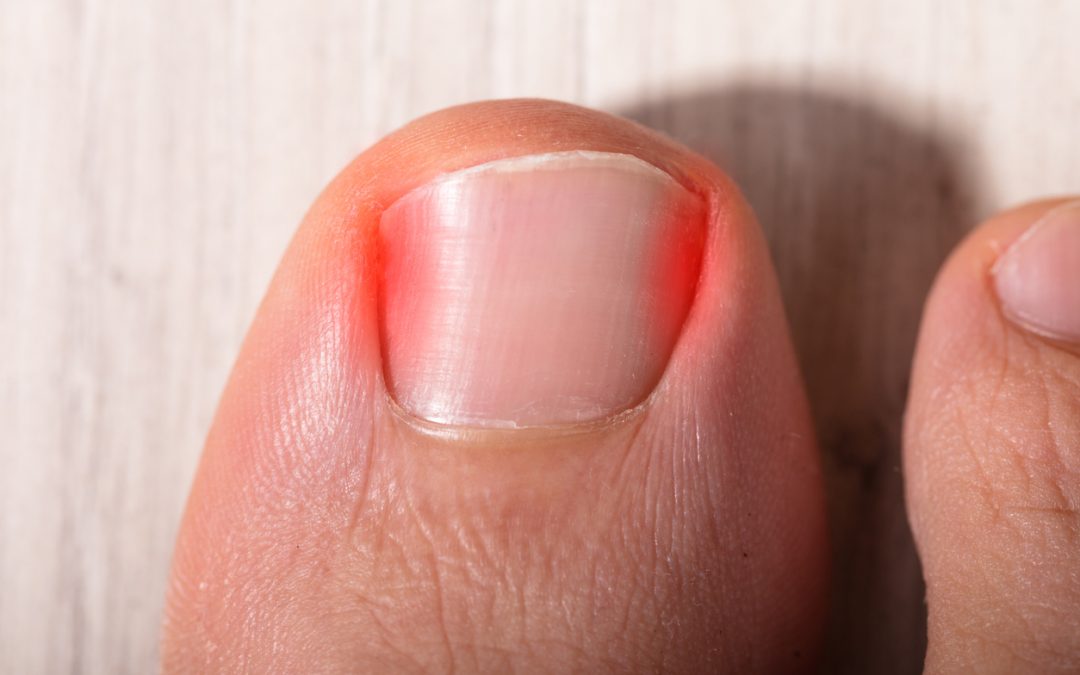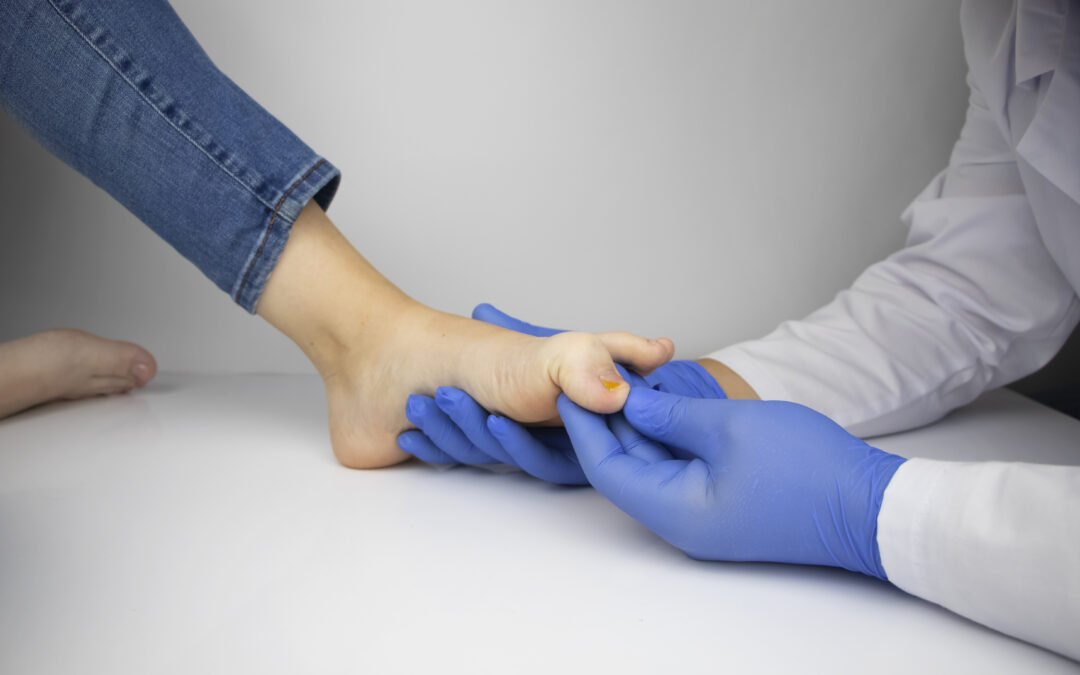An ingrown toenail can sometimes be managed on your own, but here at Podiatry Associates in Baltimore, we always recommend medical attention, especially since an infection may occur in the toenail. If you detect any signs of an ingrown toenail infection like pain, swelling, irritation, abscess, redness, you should immediately go to see a foot doctor or podiatrist. Ingrown nail surgery can be provided by any one of our podiatrists. If you find any signs of infection, you should take care to seek immediate medical attention.
What happens if you leave an ingrown toenail alone?
If the infected ingrown toenail is left unaddressed, then it can cause further infection and pain. The infection can spread to the underlying area and may lead to bone infection which is very serious. So, if infection occurs in ingrown toenail, it should not be left untreated otherwise serious complications can occur. It can be very painful and debilitating.
An infected toenail may feel warm to touch, and in some cases an abscess may be present which can cause fever symptoms. The infected ingrown toenail causes severe pain and discomfort accompanied with bleeding, swelling, throbbing, and redness around the area.
If you have diabetes or peripheral arterial disease, you need to be more vigilant, otherwise you can have very serious complications.
Ingrown toenail removal surgery can be performed to relieve the patient of pain and other discomfort.
How does a doctor fix an ingrown toenail?
There are a few different types of treatments and surgery for ingrown toenails such as inserting a wedge of medicated cotton between your nail and the inflamed skin to relieve the pain and drain the infection. The abscess can also be drained through an incision which is made after giving local anesthesia. Following the drainage, the surgeon places a sterile gauze to allow drainage for 1-2 days and remove the infection. The surgeon may prescribe antibiotic ointments and tablets to dry the infection and in other cases surgical excision of the ingrown toenail is done to relieve the patient of any pain and complications.
If you find infection in your ingrown toenail, and you want the best care, you should immediately schedule an appointment with one of our podiatrists.
What is the main cause of ingrown toenails?
With the change in the shape of your toenail, the ridges that hold your toe in place can lose their connection. This can cause the toenail to grow into the sides or corners of your skin. This is called an ingrown toenail.
Infection in an ingrown toenail can occur due to improper or tight-fitting shoes, inappropriate trimming of toenails, fungal infection of the nail, injury or trauma around the nail area, heredity etc.
If you need ingrown toenail treatment in the Baltimore and the surrounding areas or have any questions about the treatments described above, check out our Podiatry Associates locations and find a podiatrist near you. Feel free to call our scheduling office to discuss your specific situation: (833) 500-FEET.
Time to See a Podiatrist?
If you have any of the issues described above, it’s time to consult an expert. Connect with Podiatry Associates for an evaluation. All of our doctors are board certified/qualified and we’re dedicated to preserving your foot health.





